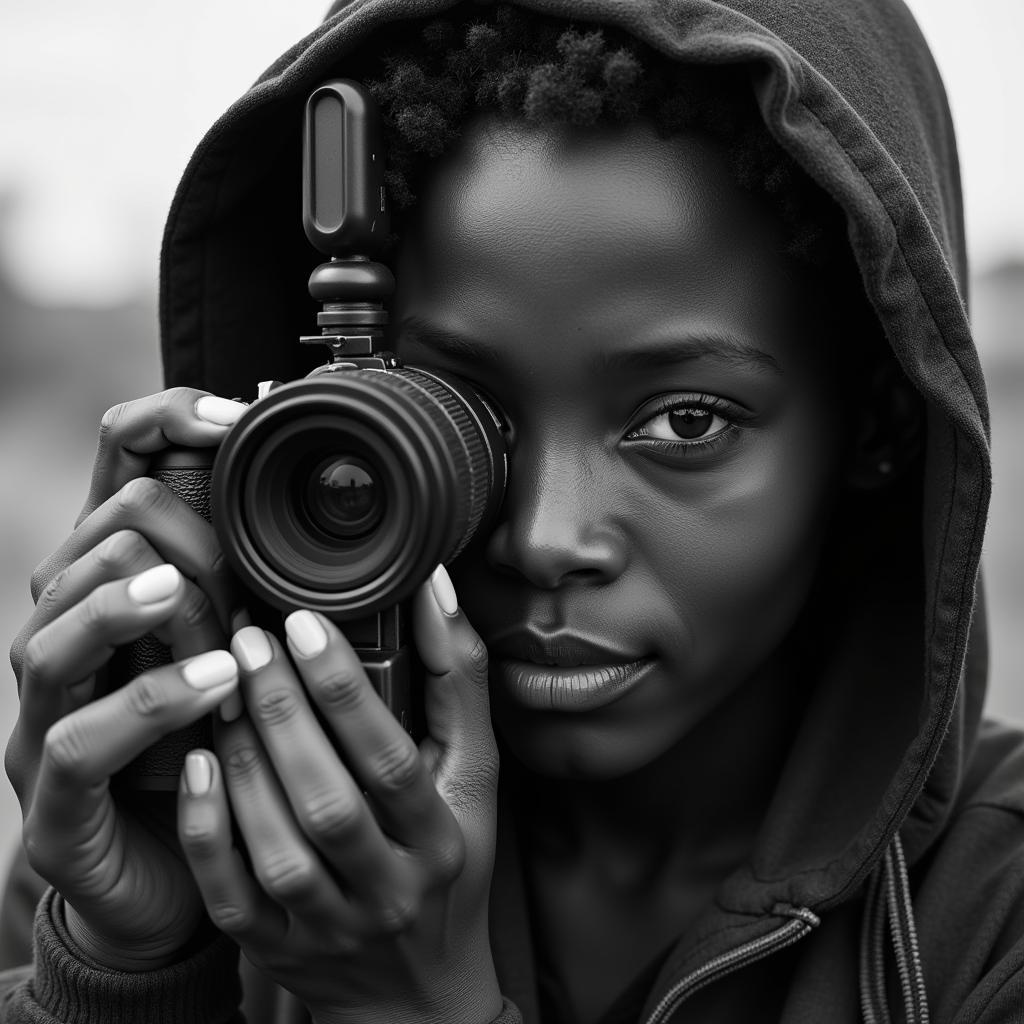African Crocodile Endangered: Navigating the Threats to Nile and Other Species
The African crocodile, a creature often shrouded in mystique, faces the harsh reality of endangerment. The Nile crocodile, arguably the most iconic of the African species, along with several other lesser-known crocodilians on the continent, are struggling for survival. Understanding the threats they face is the first step towards ensuring their future.
Threats to the African Crocodile’s Survival
African crocodiles, specifically the Nile crocodile, while not globally endangered, are classified as Vulnerable in some regions. This delicate balance highlights the need for continuous monitoring and conservation efforts. What are the key factors pushing these ancient predators towards the brink?
- Habitat Loss: As human populations grow and development expands, the natural habitats of African crocodiles are increasingly fragmented and destroyed. Wetlands are drained for agriculture, and rivers are dammed, reducing their available hunting and breeding grounds.
- Human-Wildlife Conflict: Crocodiles, particularly the larger Nile crocodile, can pose a threat to livestock and even humans. This often leads to retaliatory killings, further impacting their population numbers.
- Poaching and Illegal Trade: Crocodile skin remains a sought-after commodity in the fashion industry. Illegal hunting for their hides and other body parts contributes significantly to their decline in some areas.
- Climate Change: Changing weather patterns, including droughts and floods, disrupt the delicate balance of the crocodile’s ecosystem. These disruptions can affect their access to food and suitable nesting sites.
You can learn more about the impressive sizes these reptiles reach at African crocodile size.
Conservation Efforts for African Crocodiles
Numerous organizations and initiatives are working tirelessly to protect African crocodiles and their habitats. These efforts focus on a multi-pronged approach:
- Protected Areas and National Parks: Establishing and maintaining protected areas provides safe havens for crocodiles, allowing them to thrive away from human interference.
- Community-Based Conservation: Engaging local communities in conservation efforts is crucial. This includes educating communities about the importance of crocodiles in the ecosystem and providing alternative livelihoods that reduce the need for retaliatory killings.
- Sustainable Use Programs: Controlled and sustainable harvesting of crocodile eggs and skins can provide economic benefits to local communities while maintaining healthy crocodile populations. Learn more about the sale of African hides for sale.
- Anti-Poaching Initiatives: Strengthening anti-poaching patrols and law enforcement is essential to curb illegal hunting and trade.
- Research and Monitoring: Ongoing research and monitoring programs provide vital data on crocodile populations and the effectiveness of conservation strategies.
What’s the Current Status of the Nile Crocodile?
While listed as Least Concern globally, the Nile crocodile faces regional vulnerabilities. Certain populations are considered Vulnerable due to localized threats like habitat loss and human-wildlife conflict. Continuous monitoring is essential to track population trends and adapt conservation strategies accordingly. Children can learn more about these and other amazing creatures on the website African animals for children.
Are all African Crocodiles Endangered?
No, not all African crocodiles are endangered. The Nile crocodile, the most well-known, is currently classified as Least Concern globally. However, other species like the West African crocodile and the slender-snouted crocodile face greater threats and are listed as Vulnerable or Critically Endangered.
“The future of African crocodiles depends on our collective action. By addressing the root causes of their decline and implementing effective conservation measures, we can ensure these magnificent creatures continue to thrive for generations to come.” – Dr. Amina Moloo, Wildlife Conservationist, Tanzania.
The Future of African Crocodiles
The future of African crocodiles rests on our commitment to conservation. By supporting sustainable practices, promoting responsible tourism, and raising awareness about their plight, we can contribute to securing their place in the African ecosystem. Understanding their ecological role and the threats they face empowers us to act and protect these ancient predators.
The conservation of the African crocodile is a multifaceted challenge, requiring collaboration and dedication. However, with concerted efforts, we can ensure these iconic reptiles continue to roam the African landscape for years to come.
FAQ
- What is the largest African crocodile species? The Nile crocodile.
- Why are African crocodiles important to the ecosystem? They are apex predators, helping maintain the balance of the food chain.
- What can I do to help protect African crocodiles? Support conservation organizations, choose sustainable products, and spread awareness.
- Are there any captive breeding programs for African crocodiles? Yes, several programs exist to help bolster endangered populations.
- What is the lifespan of an African crocodile? They can live for 70-100 years.
- What is the primary diet of a Nile crocodile? Fish, amphibians, reptiles, birds, and mammals.
- Where can I find more information about African crocodile conservation? Numerous online resources and organizations provide detailed information.
Are there differences between an African buffalo vs Indian buffalo? Discover more on our website. Similarly, you can learn about the African goose range and their habitat.
Need help? Contact us 24/7 at +255768904061, email kaka.mag@gmail.com or visit us in Mbarali DC Mawindi, Kangaga, Tanzania.


